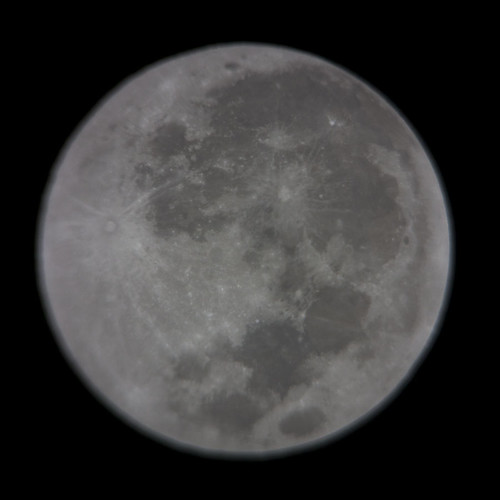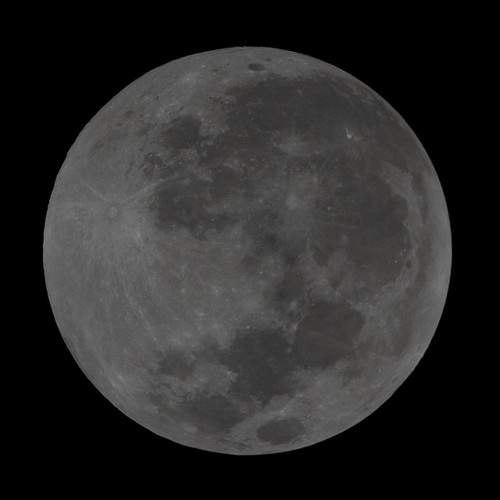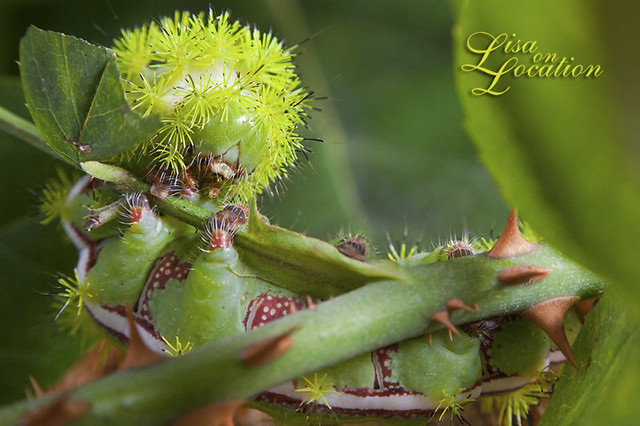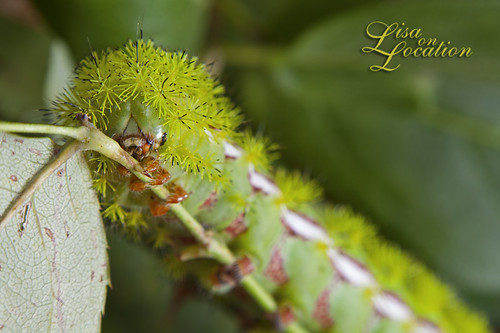Although my last attempt at making plum wine
didn't turn out so well, I still have a deep freeze stocked with many, many frozen plums, quartered and pitted, so I had to give it another shot. This time, however, my intent is to be more careful and not repeat the errors that doomed the last batch. First off, I had major blowout issues with the first fermentation, stemming directly from using an insane 30 pounds of plums in a six-gallon batch of wine. Learning from my mistakes, I drew up a batch using 16 pounds of plums in five gallons--thus allowing more head space for the foam and cap. We'll see. I pulled the freezer bags of plums (roughly a 75/25 mix of juicy purple Methleys and yellow flesh, tart Santa Rosas) out on Saturday and let them thaw overnight. I have to say I'm a fan of freezing fruit for homebrew, because the juice gushed from the fruit and needed little additional mashing. The juice/pulp mixture was syrupy thick, incredibly fruity in scent and very sweet and fruity to taste.
I squeezed the juice from two large oranges and added a couple straw's worth of plum juice and cut the mix with an equal amount of water to make a yeast starter. I emptied a packet of Lavin 71B-1122 yeast--particularly well-suited for fruity wines. I covered this and set it aside to let it do its thing.
The recipe I'm attempting is a hybrid from Pattie Vargas & Rich Gulling's
Making Wild Wines and Meads. Scaling up their one-gallons recipes for my 5-gallon effort, I put in:
- 16 pounds of plums
- 12 pounds of sugar
- 1.25 tsp of grape tannin
- 5 tsp pectic enzyme
- 3 tsp acid blend
- 5 tsp yeast nutrient
- 1.25 tsp yeast energizer
I put the plums into my 6 gallon fermenter, and dissolved the rest in heated pots of water on the stove, then added that to the fermenter, which brought the total volume up to around 4 gallons. I topped up with cold water and stirred vigorously to oxygenate the must. It was about 90 degrees at this point. So I waited until the temperature had dropped to 80 degrees and pitched the yeast. One thing I learned in recent months is that wine yeasts don't like high temperatures. Well, they like it just fine, but ferment faster and produce harsh fusel alcohols in the process, which is why all my meads up to this point tend to taste like Listerine. Years of homebrewing ales have spoiled me this way. Lavin 71B-1122 yeast, specifically, like temperatures in the 50-70 degree range, preferably 55-60. To get around the problem, or at least minimize it, I've set up a water bath in my office--a shallow plastic tub which holds the six-gallon fermenter. I've wrapped a towel around the fermenter, and filled the tub with ice water. I soak the towel, and keep the ceiling fan in my office running. This, in theory at any rate, keeps the plum wine must fermenting at a lower temperature to produce a higher-quality beverage. We'll see. It was bubbling happily when I left this morning, but I may well find a blowout when I return home.
In other brewing news, I bottled the six gallon batch of
Coopers Dark Ale I started way back in November. It took more than three weeks for it to fully ferment out, which my be a result of my belated addition of the brown sugar after the initial vigorous fermentation had peaked. In any event, the beer is a pretty, rich, dark color. I double-checked each bottle to make sure I added priming sugar (an embarrassing omission from some bottles in my last batch of beer) and they've been aging for a little more than a week and a half. All told, I filled 36 24-ounce bottles. They'll benefit from more aging, obviously, but curiosity is getting the better of me and I might try one tonight.
My other homebrew projects--both meads--are producing mixed results. After the plum wine oxidized, with grim resolve I decided not to chance it and bottled the plum melomel I'd started at the same time. The color wasn't quite so bright as I remembered, so the fear of losing another batch (albeit only 2.5 gallons) was too much to bear. I dosed it with potassium sorbate and campden tablets to knock out the yeast, then back-sweetened with a little more than a pound of honey before bottling. I opened a bottle several days later, just to check if there was any quality to it at all, and was happy to find it surprisingly drinkable. I think, yes, that a tiny bit of oxidation had occurred, but nothing tragic. It's extremely fruity, and the honey isn't apparent. It's also sweeter than I expected--before back-sweetening it was very, very dry--but not port wine sweet. It's not perfect, but entirely drinkable, which I consider a success. Aging may or may not help, and in any event, fruit wines generally don't age as well as grape wines. Not sure how all the honey in the mix will impact things, as meads generally benefit more from aging.
The other experiment, the 1.5 gallon braggot with smoked malt and jalapeño is still a work in progress. I back-sweetened with the remaining honey from the plum melomel back-sweetening attempt, added clarifying agents and was disappointed to see that it's being stubborn. Clearing is coming very, very slowly. A sample revealed the flavors to still be very harsh, with little blending. I expect I'll bottle this stuff up in a few days and hope aging will sort it out, otherwise I risk oxidation (which I'm now paranoid about, although I've gone 10 years without ever having that happen before).
I've got several empty fermentation vessels available now, but nothing cooking. I wonder what I'll try next--time to start another mead.
Now Playing: Dave Davies Rock Bottom






